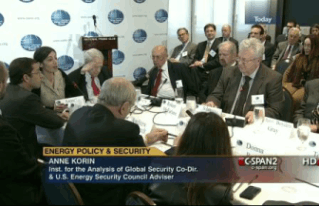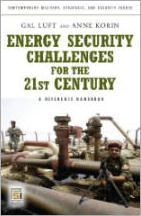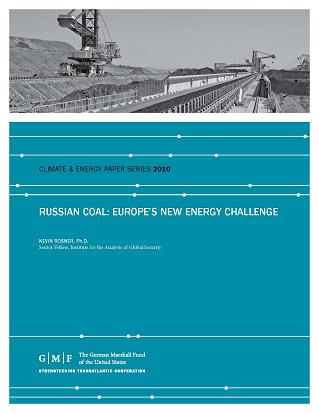The issue of energy security is often cast with a rather narrow net inordinately focused on security of supply issues (with oil and gas typically at the forefront of this discussion). This bias is readily understood in practical terms. We understand simply and immediately an energy supply problem if we pull up to the gas pump and there is no product to put in the tank. So while supply security is admittedly an essential component of the energy security genre, a singular focus on this aspect alone skews a broader and more profound understanding of how energy, and particularly power, if denied, is part of the larger energy-security and for that matter human landscape.
Authors Michael Bruno and Graham Warwick in a recent article written for Aviation Week & Space Technology gave pause for reflection on just how broad and complex this landscape is when they wrote on the changing nature of how the United States conducts warfare. Here is a case in point that highlights how cyber and energy systems are intertwined in a way that has potential (and unintended) fallout for civilians if these systems are successfully targeted. Citing Adm. Philip Cullum, US Deputy Chief of Naval Operations for Fleet Readiness and Logistics, for potential factors playing into energy security, the authors write that home bases have become involved directly in combat operations, with unmanned aircraft [drones] being controlled from the continental U.S. “Those bases are connected to the local grid, which now has a role to play in future warfare,” he says.
In fact there are at least 13 US bases involved in conducting what some call ‘telewar’ in addition to multiples of others presumably scattered around the world in places as far away as Afghanistan and previously Iraq. If the local grids play a role in future warfare then doesn’t that mean that local grids are part of the battle landscape that clever cyber-foes could target in order to bring down far away drone fleets or am I missing something here? This isn’t to say the US should not use this technology but that along with its deployment, new and unintended vulnerabilities are created, that make the energy landscape more complex for all concerned.
A quick glance at some of this edition’s contents tell us how thinkers and solution-providers are struggling to find robust, workable ways forward in confronting increasingly hybrid, complex energy problems in an increasingly interconnected world. Of note is Michael Hallett’s contribution “Islands in the Stream: The Compressed Natural Gas Grid as an Energy Security Enhancer.” Hallet seeks to address the major issue of grid vulnerabilities by proposing compressed natural gas (CNG) fired microgrids as a parallel grid system particularly for urban areas vulnerable to everything from a severe weather event to a cyber-attack; at the same time Hallett argues deployed CNG could also provide the backbone for a more diverse transportation fuels network. Who knows, maybe putting what Adm. Cullum describes as local grids supporting future warfare on Hallett’s CNG microgrid-plan is a workable energy security solution to what could become an onerous problem for the American public with a drone HQ just down the street? We stick with our look at transmission grids, and the challenges their operators face, with an interview with Mr. Terry Boston volunteer president of GO15 an association of the world's largest transmission grid operators.
The advent in the discovery of significant amounts of Eastern Mediterranean natural gas also prompted us to examine this East Med issue from its contentious and contested political, economic, social and even historical roots. Roaming from Turkey to Israel to Cyprus three contributors, Karbuz, Luft, and Tsakiris each offer their own unique perspective on where natural gas development, and the debate (or hype) surrounding bringing Eastern Med gas to market stands at present. And just to underscore this point, we are not armchair quarter-backing this discussion but the JES had bodies in the field from Tel Aviv to Istanbul to Nicosia in gathering material for reporting on this story. In closing, there is plenty more reading in this Summer 2013 issue of the Journal of Energy Security to keep you thinking (and the lights on) during the summer doldrums. Just as a heads up, our Fall edition (October 2013) will be focused on operational energy and how defense and security organizations around the world are seeking to do more with less. Contributors interested in adding to this discussion should contact me at editor@iags.org as soon as possible. Best regards, Kevin Rosner, Editor, Journal of Energy Security



 Archive
Archive 










